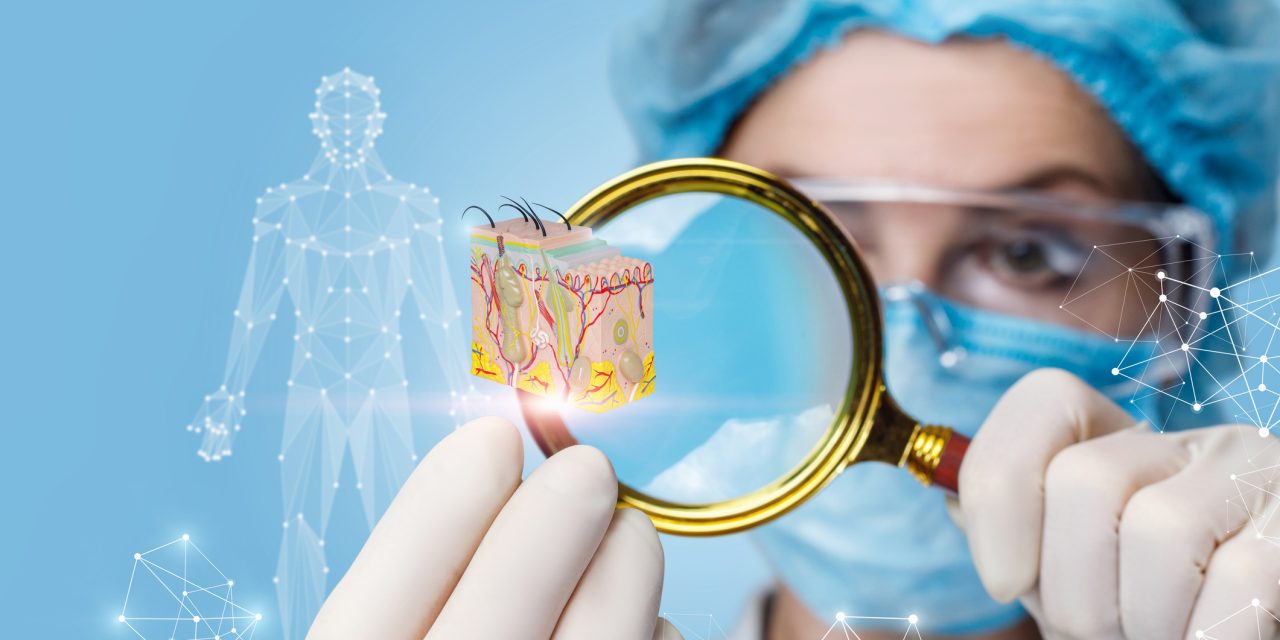Although the clinical hair changes that occur under treatment with epidermal growth factor receptor inhibitors (EGFRIs) are documented, their trichoscopic features have not been reported.
To evaluate the trichoscopic findings in scalp and facial hair, induced by EGFRI-treatment.
Patients treated with EGFRIs at a tertiary onco-dermatology clinic in 2015-2017 were evaluated for macroscopic and trichoscopic changes.
The cohort included 23 patients (13 women, median age 68 years) treated with EGFRIs for an average of 13 months (range 2-40). Macroscopically, 18 patients (78%) had dry, lusterless, coarse, kinky, brittle scalp hair, and 17 (74%) had trichomegaly of the eyebrows/eyelashes. Trichoscopic findings were of hair shaft-anomalies including: pili torti, affecting scalp hair in 20 patients (87%), eyebrows in 6 (26%), and eyelashes in 8 (50%), and asymmetric-hyperpigmented fusiform widening of hair scalp in 3 (13%), eyebrows in 10 (43%), and eyelashes in 4 (25%). Dermoscopic findings of the peri-and inter-follicular skin were: scale, whitish-erythematous structureless areas, and branching-vessels.
Lack of trichoscopic-histologic correlation, lack of baseline examination.
The trichoscopic correlates of the macroscopic hair changes under EFGRI-treatment include pili torti, and asymmetric -hyperpigmented fusiform widening, with dermoscopic cutaneous manifestations of scale, whitish-erythematous structureless areas, and branching vessels.
Copyright © 2020. Published by Elsevier Inc.
The Trichoscopic Features of Hair Shaft Anomalies Induced by Epidermal Growth Factor Receptor Inhibitors: A Case Series.


